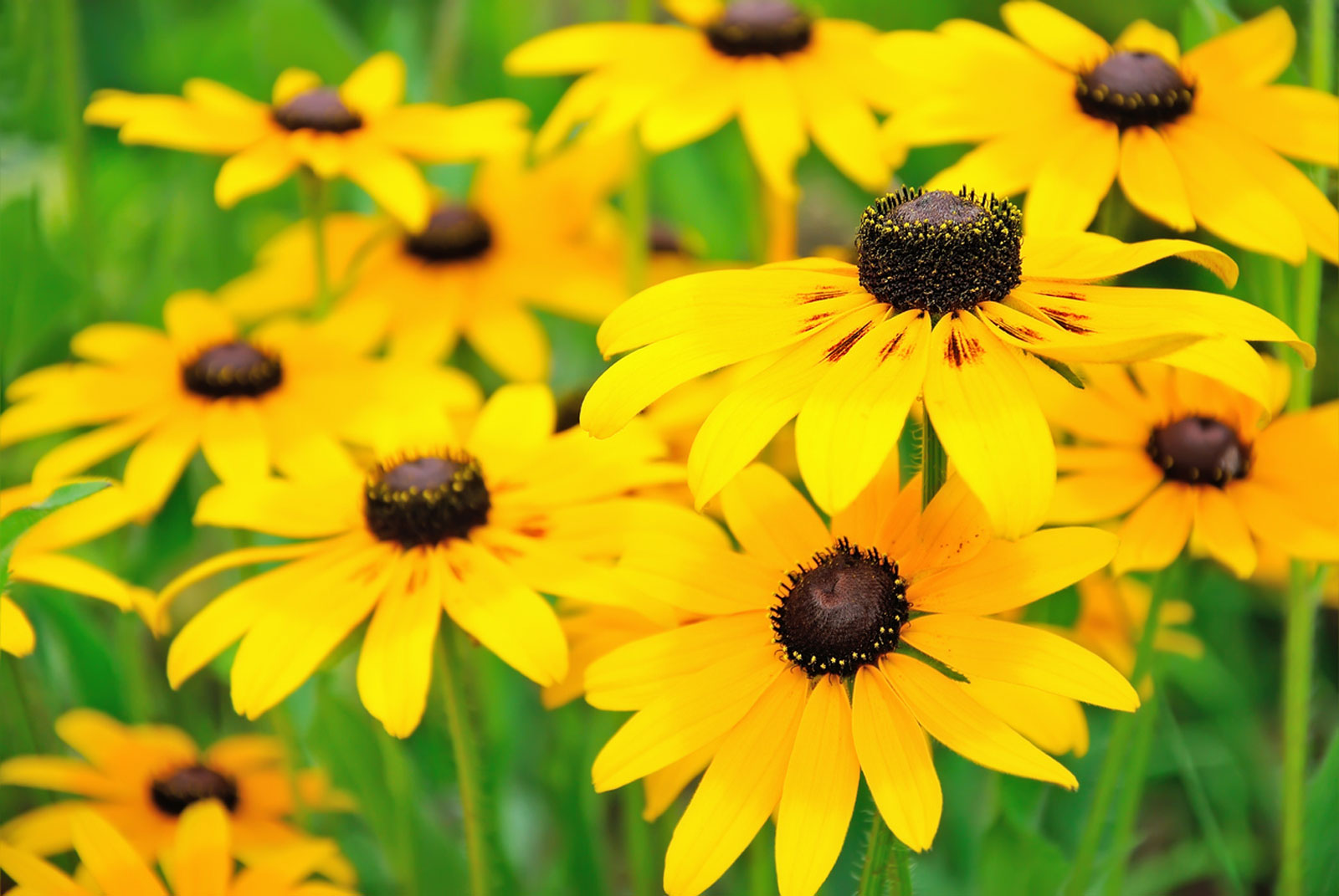-

Plants with Altitude
Regionally Native Plants for Wyoming Gardens
Soapweed Yucca
Yucca glauca Nutt.
Soapweed yucca is a Great Plains species that grows as far west as Wyoming and Montana. The lance-like leaves are stiff, coarse, and sharp but worth the blood-letting for the tall spikes of whitish pendulant flowers. Yuccas don’t bloom every year, but some years are phenomenal. Because of the shape of the flower, pollination can be accomplished by only a single species of insect, the yucca moth. Female yucca moths lay eggs in the ovary and then deliberately pack pollen on the stigma. The growing moth larvae eat the developing seeds but usually not all of them. Before the fruits open to disperse seeds, the caterpillar chews its way out and drops to the ground, where it buries itself, spins a cocoon, and waits out the winter. In the spring, the moths emerge just as the yucca blooms and wait at the flowers to find a mate. Of course, gardens are places of perpetual procreation, but the relationship between Yucca glauca and the yucca moth is especially elegant and worthy of attention. Soapweed yucca is sometimes considered a nuisance plant in pastures, and colonies can be difficult to eradicate.
Height: 2-5’
Width: 3-5’
Water needs: low
Exposure: full sun
Availability in nurseries: common
Native range: Great Plains (Mississippi River to the Rocky Mountains), in WY except southwest quarter of the state
Plant family: Agavaceae

Photo by Dorothy Tuthill

Photo by Jennifer Thompson
Navigation
- Beardlip Penstemon
- Black-Eyed Susan
- Blanket Flower
- Blue Flag Iris
- Blue Sage, Pitcher Sage
- Colorado Four O’Clock
- Columbine
- Cutleaf Daisy
- Desert Prince’s Plume
- Dotted Blazing Star
- Easter Daisy, Townsend’s Daisy
- Garrett’s Firechalice
- Harebells
- Kelsey’s Phlox, Marsh phlox
- Lewis’ Flax
- Milkweed
- Missouri Evening Primrose
- Narrow-Leaf Coneflower
- Palmer's Beardtongue
- Pasqueflower
- Perennial Sunflower
- Poppy Mallow, Prairie Wine Cups
- Prairie Smoke
- Purple Prairie Clover
- Rocky Mountain Beardtongue
- Sand Phlox, Cleft Phlox
- Scarlet Gilia
- Scarlet Globemallow, Cowboy's Delight
- Sharp-Leaf Twinpod
- Small-Leaf Pussytoes
- Soapweed Yucca
- Stemless Four-Nerve Daisy
- Sugarbowl Clematis
- Sulfur Buckwheat
- Tufted Evening Primrose
- Upright Prairie Coneflower

